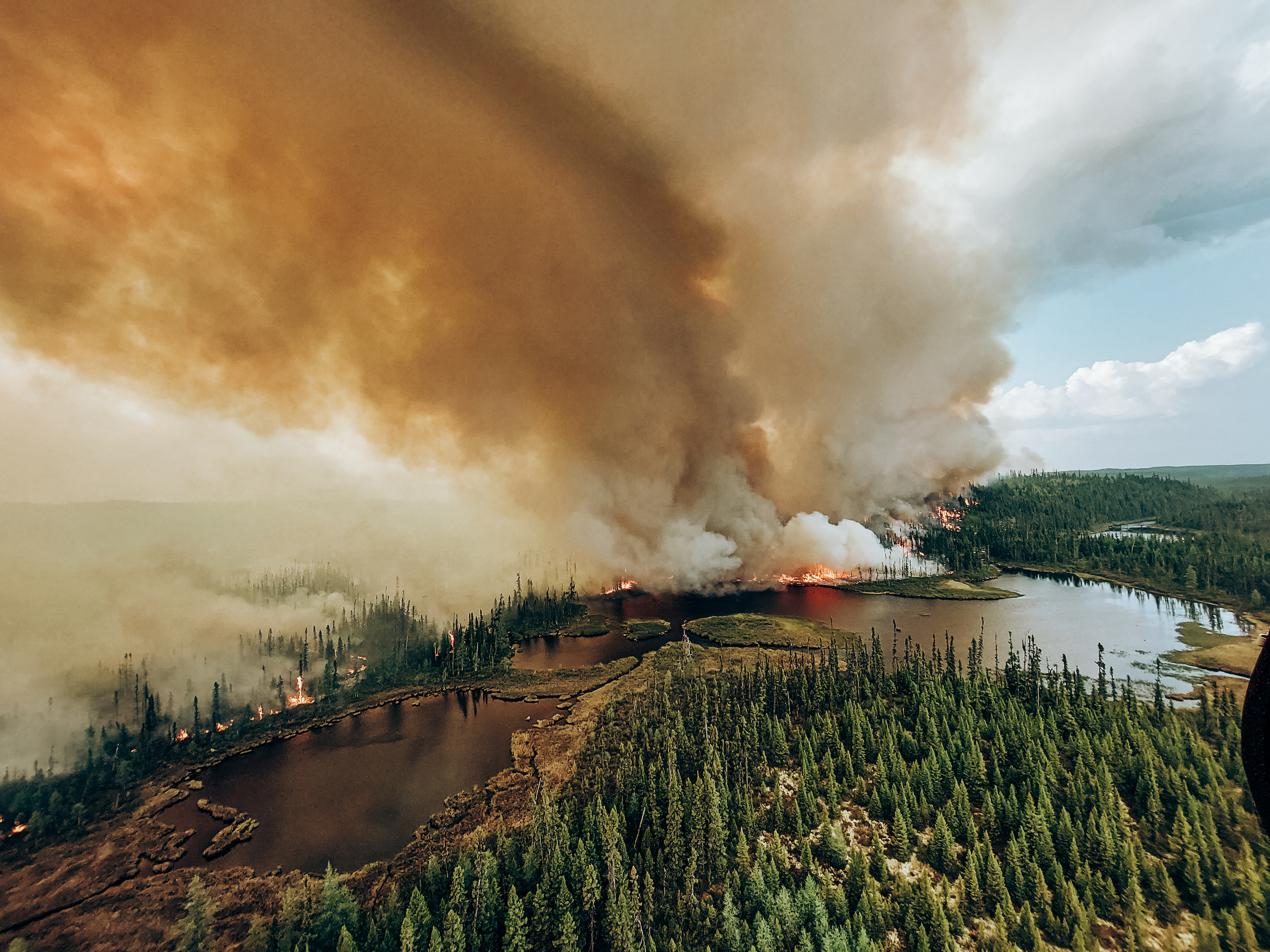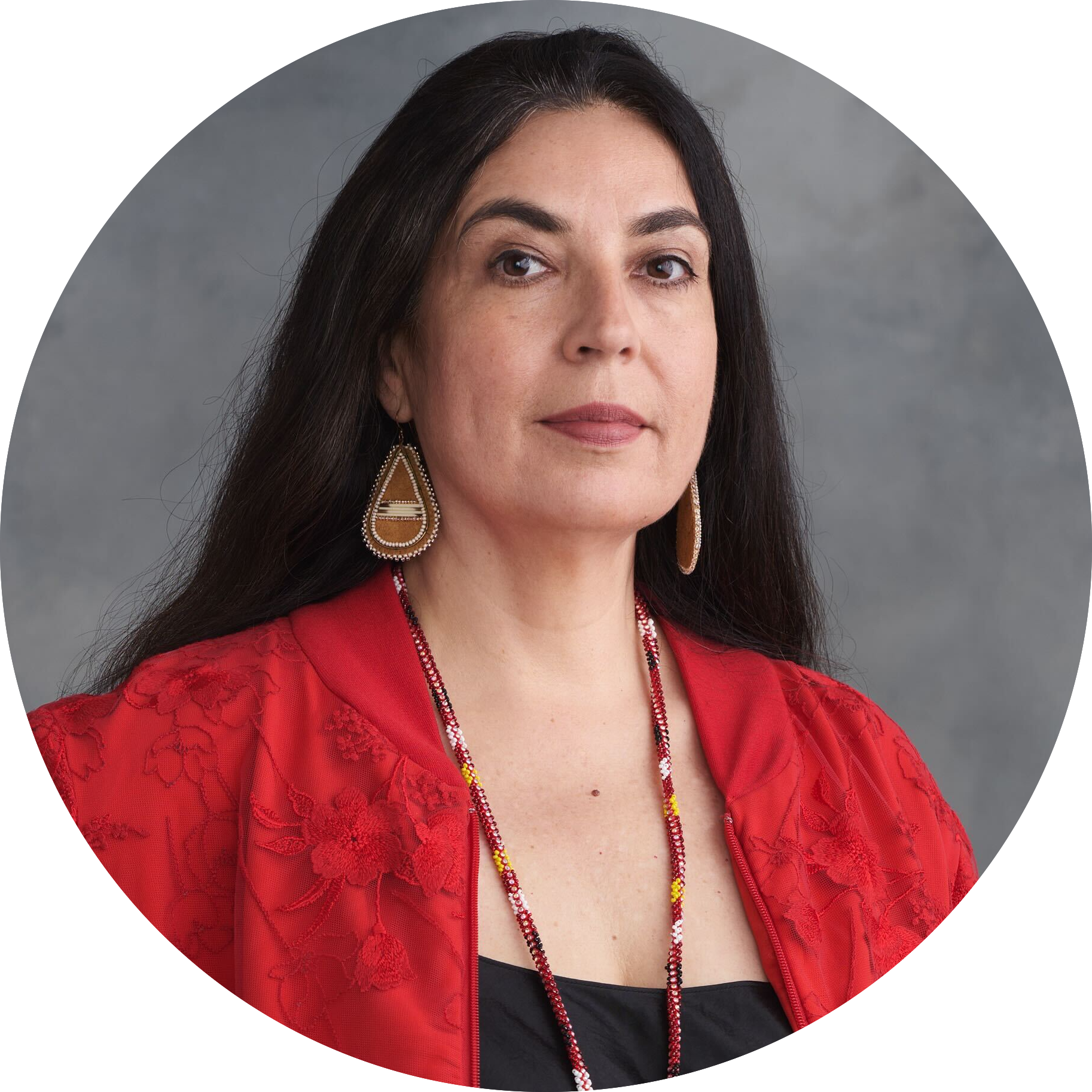
Alberta oil and gas companies could avoid cleanup costs by installing solar panels: government report
An Alberta government-commissioned report suggests oil and gas site companies may be able to install...
In Canada, the vast majority of visible minorities live in areas that get too hot. With more than 400 wildfires burning across the country, questions are being raised about the health impacts people of colour may deal with from inhaling smokey air.
Studies from the U.S. show impacts from breathing poor quality air are harsher for poor and minority communities. But that data isn’t easy to find in Canada, Hind Al-Abadleh, chemistry professor at Wilfrid Laurier University and a researcher with a focus on air quality and toxicology, said.
“The funding to do the research on exposure of racialized communities and low socioeconomic status communities to air pollution in particular, almost does not exist,” Al-Abadleh said. “It exists for some people, not all.”
Although the data isn’t easily accessible, there is a history of Black, Indigenous and people of colour in Canada struggling with their health due to environmental factors, like the pollution of the land and water in Africville, or Pictou Landing in Nova Scotia as depicted in the documentary, There’s Something in the Water.
“A lot of the communities that are affected [by the wildfire smoke], especially in Alberta, Saskatchewan, northern B.C., a lot of them are First Nations communities,” Robert McLeman, a professor in Laurier’s geography and environmental studies department who focuses on human adaptation to climate change, said. “Those are the folks who live in or close to the forest margins.”
Generally, research shows that inhaling wildfire smoke and the chemicals and gasses it’s composed of is linked to cardiovascular and respiratory diseases, as well as some forms of cancer, Al-Abadleh said.
When the air quality is poor, both McLeman and Al-Abadleh suggest wearing a well-fitted N95 mask if being outside is unavoidable. Wearing a face mask is useful to stop some of the pollution particles in the smoke from entering the lungs, but it won’t stop the gases, Al-Abadleh said. Staying in a clean, well-ventilated indoor space when possible is best.
“You have control over your indoor air by making sure that you have good circulation, good filtration and no activity that will produce smoke,” Al-Abadleh said.
But, in reality, not everyone has full control over the air quality in their space.
As Canada is expected to see more bad air quality days in the future, McLeman feels this is part of the larger issues of homelessness and housing inequality in the country.
“If [people] are living in low quality accommodation that does not have air conditioning, or proper ventilation; or people who are living in shelters, on the street, couch surfing or living in vehicles … they’re exceptionally exposed to these types of health risks,” he said. “And so, there’s yet another reason why we need to get these folks in the proper accommodation.”
Two years after a heat dome killed 619 people in B.C. within a week, the provincial government agreed to provide free air conditioners to some vulnerable residents. Eight thousand air conditioners will be provided over three years, in a program the province says will cost $10 million.

Wildfires are a normal part of Canada’s ecosystems, especially in the prairies, B.C., and the northern parts of Ontario and Quebec. They’re usually started by lightning, McLeman said. This year is different though, he said, as 8.8 million hectares of land has already burned across the country.
One of the reasons why fires are burning so intensely this year is because of an unusually hot, dry spring, with some areas reaching temperatures between five and 10 degrees warmer than the seasonal average, McLeman said. This gave forests little chance to grow leaves on trees, shrubs, undergrowth and wild plants, leaving them dry and flammable.
Regions that aren’t typically impacted by Canada’s wildfires, like southern Ontario and parts of the U.S. saw smoke this year due to unseasonal wind patterns, McLeman said. Wildfires are just part of a system of extreme weather events we can expect to see more often due to climate change.
“In southern Ontario, usually our winds blow from southwest to northeast,” he said. “But, we’ve had a lot of weeks this year where the winds have been coming from the north to the south and so the smoke is being blown right over the heavily populated areas of Ontario.”
In the prairies, cities like Calgary, Edmonton and Lethbridge that need spring snow-melt to keep the rivers they rely on flowing, are at risk of flooding and sewage back-ups from early melting in the winter, and dried up riverbeds from dry, hot springs. This is what McLeman calls “urban drought,” and it’s especially dangerous because those cities dispose of treated sewage through rivers — if water levels get too low, pollution risk rises.
Tools like HealthyPlan.city are working to address gaps in the data available on marginalized communities and climate change related health outcomes. The website maps out the number of visible minorities living in areas that reach unfavourable summer temperatures, and those that don’t have enough tree cover.
According to this tool, 72 per cent of visible minorities live in areas that get overheated.

Despite being approachable from many areas of research, environmental racism and justice are understudied, Al-Abadleh said. She urges people of colour to support their youth to study the topic. In order to make systemic change, she said, “we need local champions in different cities, in different neighbourhoods, to take on data driven research.”
McLeman hopes seeing the sky at its haziest has been a wake up call for people.
“The first step in solving the problem is transition away from fossil fuels and to clean energy sources,” McLeman said. “But at the same time, we also have to face the fact that the weather is already changing, the climate is already changing. So we need to adapt.”
Adaptation looks like preparing cities for increasing environmental risks by building resistant infrastructure, developing early detection systems, creating plans for evacuation and building safe shelter for evacuees to stay in.
On an individual level, reducing use of fossil fuels and greenhouse gases can mean home owners investing in energy efficient technology, taking public transportation and, most importantly, writing and speaking to local politicians and leaders to encourage them to do the same.
Protecting the air quality means giving up some of the summer activities Canadians love, like setting off fireworks and lighting backyard bonfires, which is believed to be the cause of the wildfire that burned near Halifax, N.S., earlier this spring.
Al-Abadleh protested the use of fireworks on Canada Day by going to bed early with earplugs and an eye mask. She feels municipal governments missed an opportunity to make a statement about protecting air quality by not cancelling firework shows after several days of smokey air in much of Ontario.
“This is just the beginning of a series of bad [air] quality days,” she said. “We cannot continue business as usual.”
Content for Apple News or Article only Get the inside scoop on The Narwhal’s environment and climate reporting by signing up for our free newsletter. This...
Continue reading
An Alberta government-commissioned report suggests oil and gas site companies may be able to install...

This story about a lawsuit involving First Nations in northern Ontario has deep roots — in...

At a crucial point in their research, biologists are scrambling to find new support for...

